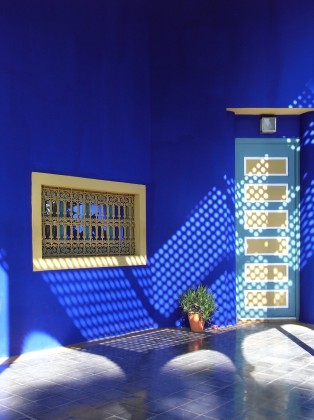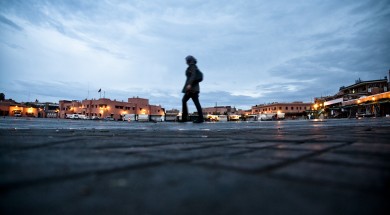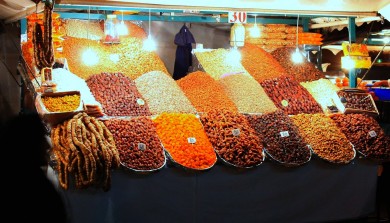Marvellous Marrakech
The capital of Southern Morocco, Marrakech is not exactly a secret travel destination. Its enticing attractions have been known to the Arab world since the 11th century and to Western visitors since the late 1920s, when the famous La Marmounia hotel was created.
The capital of Southern Morocco, Marrakech is not exactly a secret travel destination. Its enticing attractions have been known to the Arab world since the 11th century and to Western visitors since the late 1920s, when the famous La Marmounia hotel was created. Built in sumptuous Art Deco style in the garden of the palace of an 18th century prince, Moulay Marmoun, the rich and beautiful of the West flocked to La Marmounia to take the winter sun. Churchill and Clemmy stayed there every year for two decades. Rita Hayworth, Arletty, Paul Valery, the Rothschilds and Erich von Stroheim also came. Maurice Ravel brought his piano with him on holiday — it still stands in the lobby — and it is reportedly Mick Jagger’s favourite holiday destination.

Marrakech is at the foot of the snowy Atlas Mountains, inland from the Atlantic coast between Casablanca and Agadir and stands behind ochre-orange mud brick rampart walls that have been there since the 12th century. Known as El Hamra, the Red City, it sparkles under a crisp blue sky in sunlight so pure it reflects Marrakech’s colours like jewels – shining marble, glazed green roof tiles, golden courtyards and astonishingly bright flowers and trees. Purple jacarandas, pink oleanders, pomegranates, bougainvilleas, orange trees and palms, the famous Marrakech rose.

The timeless city is compact within the walls. Inside the Medina, with its winding passages, palaces, carpeted courtyards and museums, are several souks (marketplaces) where Berbers and Arabs come with the finest craftsmanship that seems to have hardly changed in the past thousand years. Things are still cheap to buy but only after a bit of friendly bargaining, when your top price rises to meet their bottom price.

In the centre of town is the massive square of Jemaa el Fna where people sip mint tea at pavement cafe’s and stroll in the shade of tall trees. On the marketplace everything from snake-charming and apothecary and fortune-telling jostles for space with hot food stalls and political debaters. Just when you think you have found a tiny spot of calm in which to compose your photograph and take stock, someone will rustle up a cobra or an amber and silver necklace and you’re back in the swing of it all.

There are now many smart restaurants in Marrakech complete with belly-dancers and, for the foreign market, alcohol. Dar Yacout, at 79 Rue Sidi Ahmed Soussi (Tel 00 212 44 38 2929) is the best-known and most lavishly decorated restaurant in Marrakech, but there are also many little cafes with names like Jamal and Laksur, with terraces on the roof or courtyards tangled with jasmine and honeysuckle, where you can eat an excellent kebab, cous-cous, omelette or salad.

It’s easy to get around Marrakech – walking, by horse-drawn taxis, buses or taxis. Taxis are everywhere – Peugeot 205 taxi’s for three passengers and Mercedes for bigger loads – and they have meters but you need to request for them to be switched on. Like everything else, fares are negotiable.
It would be true to call Marrakech a haven of beauty and peace. It is a place I would rush back to at the drop of a rose petal.
For more information, see www.visitmorocco.com.


